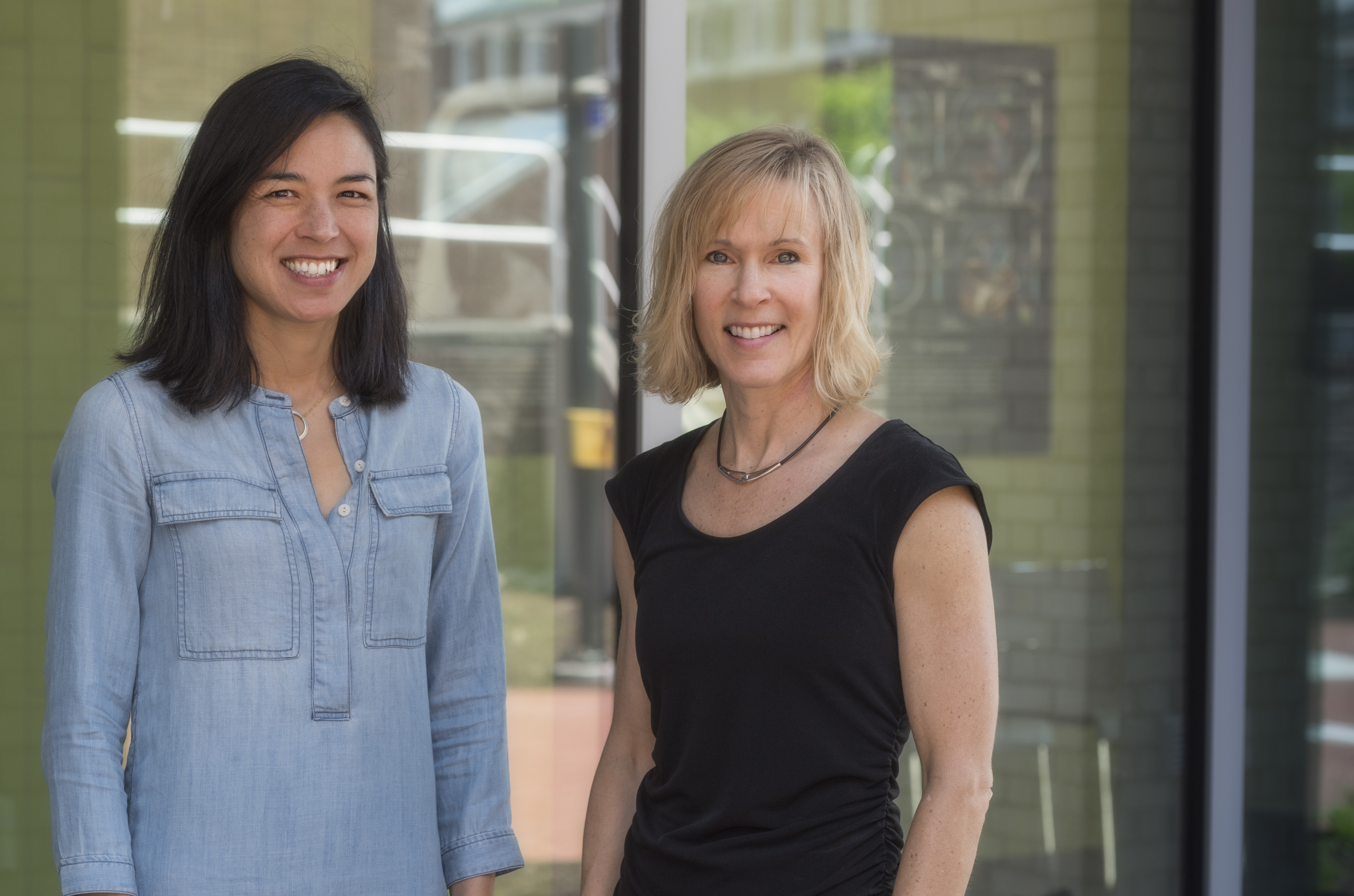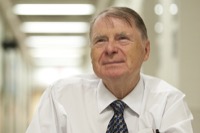
Paradoxical tension at the top
UD's Smith coauthor of paper on creative conflict in the executive suite
12:48 p.m., June 24, 2011--In a tough business climate, successfully managed tension at the top can help companies embrace innovation while addressing the demands of their core business units.
Maintaining this climate of creative conflict in the executive suite is the subject of a Harvard Business Review working paper coauthored by Wendy K. Smith, assistant professor of organizational behavior in the University of Delaware's Alfred Lerner College of Business and Economics.
Research Stories
Chronic wounds
Prof. Heck's legacy
Smith was joined in writing the paper, titled “The Ambidextrous CEO,” by Michael L. Tushman, professor of business administration at Harvard Business School, and Andy Binns, managing principal of Change Logic, a Boston-based consulting firm.
“We shared this paper with the Harvard Business Review in order to get the word out to a larger audience,” Smith said. “It developed from a study on how top management handles the tensions of exploring the future and exploiting the present.”
Smith said that the study of 12 top management teams at major companies suggests that for companies to foster this paradoxical approach, they need to:
- Develop an overarching identity,
- Hold tension at the top, and
- Embrace inconsistency.
“Those that were successful really held the tension between innovation and core products,” Smith said. “They embraced it, spoke about it and played with it. They weren’t committed to one time horizon at the exclusion of the other.”
One example cited in the paper was the insistence of Misys CEO Mike Lawrie on protecting Open Source, which he believed had the potential to make Misys a leader in health care data delivery. The company’s core unit leaders thought otherwise.
At the height of the financial crisis in 2008, Misys executives urged Lawrie to unlock capital by selling off the Open Source investment.
Undeterred, Lawrie chose not to let Open Source be folded into Allscripts, a major electronic medical records provider that Misys had recently acquired. Instead, he allowed Open Source leaders to sit at the same table with Allscripts top executives and compete for resources.
“This tension-producing power struggle over the firm’s future and identity paid off,” Smith said. “Allscripts revenues grew by 30 percent, while Open Source began to win important contracts.”
Smith said that two successful senior team models to support these tensions include a "hub and spoke" model, where the CEO sits at the center of an organizational wheel, surrounded by unit leaders. The CEO manages each spoke of the wheel separately, with each business unit relying heavily on the leader.
Opposite, but also successful, Smith said, is the ring team model, where the top unit leaders are brought into the top manager’s circle. In this model, decisions on tradeoffs between the present and the future are made collectively.
Successful top teams also did not measure innovation units and core businesses by same performance standards, Smith said.
“Failure occurs when top management pushes innovation down in the organization,” Smith said. “This is a recipe for failure, because innovations are so vulnerable that they cannot exist without the support of the CEO to hard sell them to the unit managers.”
Another recipe for failure is trying to use both the hub and spoke and ring model approaches simultaneously, Smith said.
“When you do them both at the same time, there is a lot of political infighting, because it is not clear who the leader is and where the decisions are being made,” Smith said. “In this unsuccessful strategy, the top manager doesn’t get involved at all.”
In the classroom, Smith said she incorporates these lessons about managing paradoxical tensions when teaching about organization and change.
“It’s about what it means to manage tensions and inconsistencies between today and tomorrow,” Smith said. “These paradoxes occur in other domains as well, such as the tension between commitment to finances and to the society and the environment.”
Smith said that this ambidextrous approach to managing multiple demands also works on a personal level.
“I use it to illustrate the challenges people feel about managing tensions between their work and their family and social life,” Smith said. “It’s about moving through either, and trying to manage both entities rather than choosing one and neglecting the other.”
Article by Jerry Rhodes








